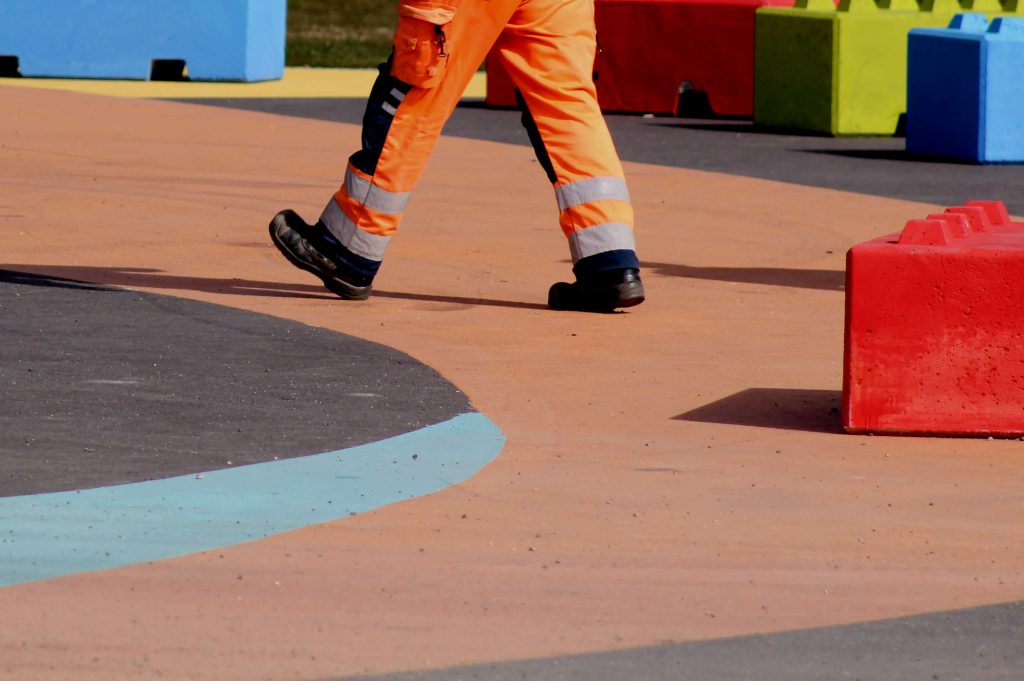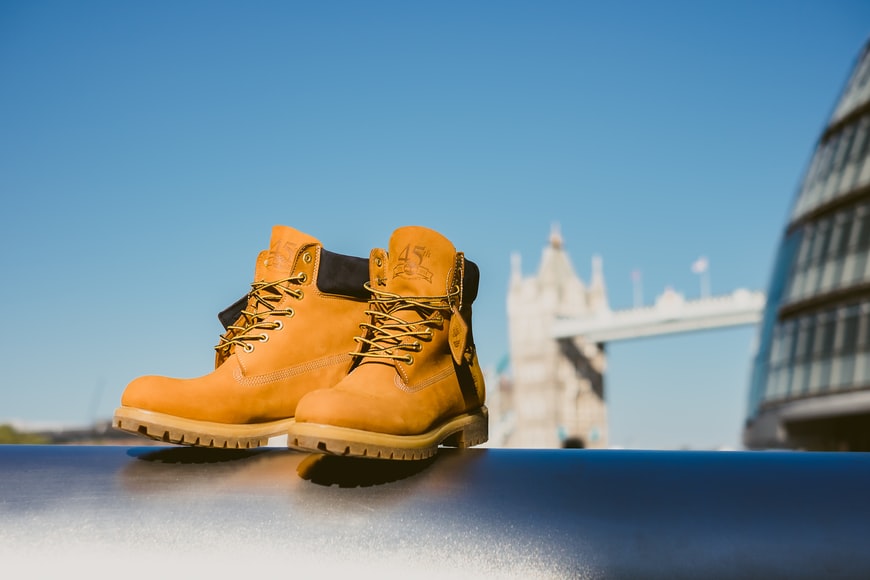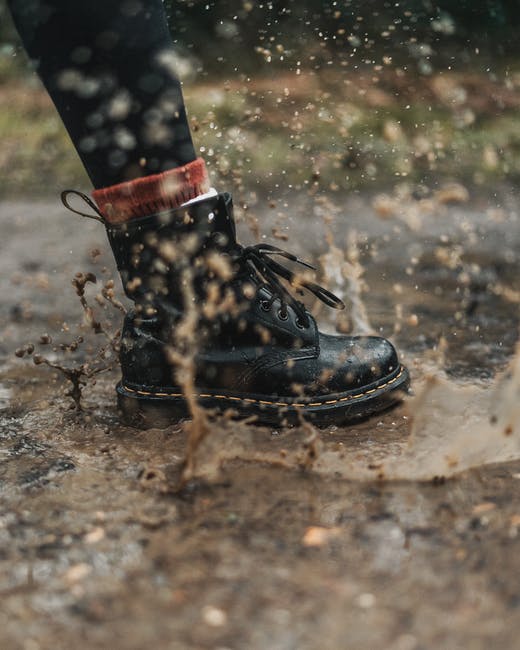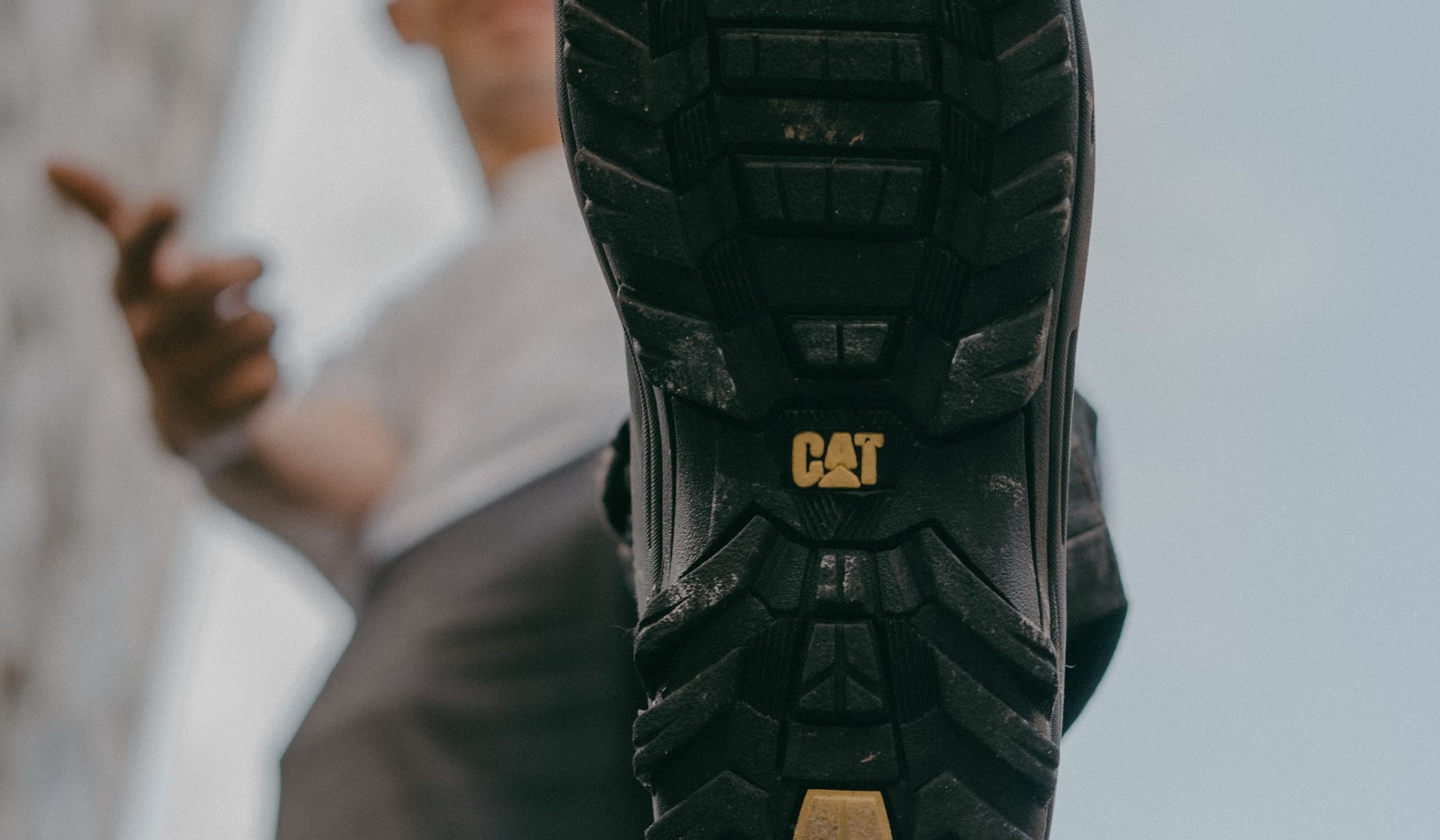Workwear Guru is reader-supported. When you buy through links on our site, we may earn an affiliate commission. Learn more
Insoles are a useful addition to your boots. They add comfort and support to your feet and improve stability and joint function.
They are essential, especially for your work boots, and even more if you’re working on your feet all day.
When you consider placing insoles in your work boots, you should also remember that you will need to change them from time to time.
In this article, you will learn the importance of changing your boots’ insoles, the factors why you need to do so, and how often you should do it.
Why Swap the Insoles of Your Boots?
Inserting insoles in your work boots can stabilize your feet and prevent them from hurting. It provides your feet with arch support, avoiding significant problems related to your feet and joints.
Insoles help resist immense forces and weights that boots put on your feet during the workday.
However, you should keep in mind that insoles should be changed from time to time. Below we provide you with some explanation of why and how often you should change your insoles and some of the best insoles available in the market.
Signs When You Need to Swap the Insoles of Your Boots
Some signs show it’s time to change your insoles. They depend primarily on how often your wear your boots and how much time you spend standing and working on them. Damaged and faded insoles, compressed or smelly ones, can be among other factors that show it’s time to change your boots’ insoles.
Damaged insoles
Insoles are usually made from foam, gel, cork, or leather. These are not the most durable insoles, meaning that insoles might get damaged before they even get old or worn out.
If you see that your insoles are torn or cracked, it means that it’s time to change them. Otherwise, they can hurt your feet, scratch them, and cause blisters. Plus, damaged insoles are not as comfortable as they should be.
Faded insoles
If you notice discoloration on your insoles or they start to fade, it’s a good sign that you need to change them. If your insoles have had a specific design, a logo, or something written on them, and you cannot see it anymore, it counts as fading.
Compressed insoles
Did your insoles lose volume? Are they much flatter than when you bought them in the begging? Do they look like a crepe?
Without cushioning, insoles don’t get their job done. So, when they become flat, it’s time to get them changed.
Bad smell
Insoles can collect moisture and sweat inside your boots, and create unpleasant smells and odors. If your insoles have a bad odor that you can’t get rid of, get rid of the insoles and replace them with some new and fresh ones.
Factors Influencing Insoles Swapping
There are a few factors that can influence insole swapping. You typically need to replace them twice a year (once in six months). But considering these factors, you will know if you need to change them sooner.

Quality of the material
The most common materials used for insoles are leather, foam, rubbers, gel, and polymers. Depending on your preference, some materials are better than others for some purposes. For example, foam is soft, so it is an excellent choice for pressure relief if you are standing all day. The gel is perfect for foot fatigue and high-impact activities. Wool provides the best insulation from both cold and warm temperatures.
If you buy a cheaper type of insoles, the chances are that they will get old, worn out, and damaged quicker, meaning that you will need to change them sooner.
Bodyweight
Bodyweight plays a role in how often you should swap your insoles. If you weigh more, you will put more weight on your feet and your boots. The pressure on the insoles will be greater, meaning that the insoles will get flat sooner.
Period of time of wearing your boots

How often you have to change your insoles depends on how long you wear your boots during the day. If you wear your boots for many hours every day, it will amortize your insoles more than if you would wear your boots once a week, for example, or fewer hours a day.
Types of activities performed
If you just stand on your boots or walk around slightly or at shorter distances, you won’t amortize your boots and your insoles that much. Activities that require more movement will cause your insoles to get old quicker.
For example, if you work in construction, your insoles will probably need to be swapped more often than if you had worked as a fisherman.
Best Insoles Available
Some of the best insoles you can buy for work wear are Superfeet Green, Superfeet Carbon, Dr. Scholl’s Plantar Fasciitis, Dr. Scholl’s running Insoles, Dr. Scholls UltraCool, Spenco Polysorb Cross Trainer, Physix Gear, Currex RunPro, EasyFeet Plantar Fasciitis Arch Support Insoles, Walk-Hero Comfort and Support, Powerstep Pinnacle, Vivesole, etc.
Conclusion
Installing insoles in your boots is a good investment. You won’t have to spend too much money by replacing them. Hence it will improve your overall boot experience.
You can replace them twice a year, or once every 3 to 4 months if required. A good piece of advice is to look well while shopping for insoles and find a pair that suits your needs and preferences best.











